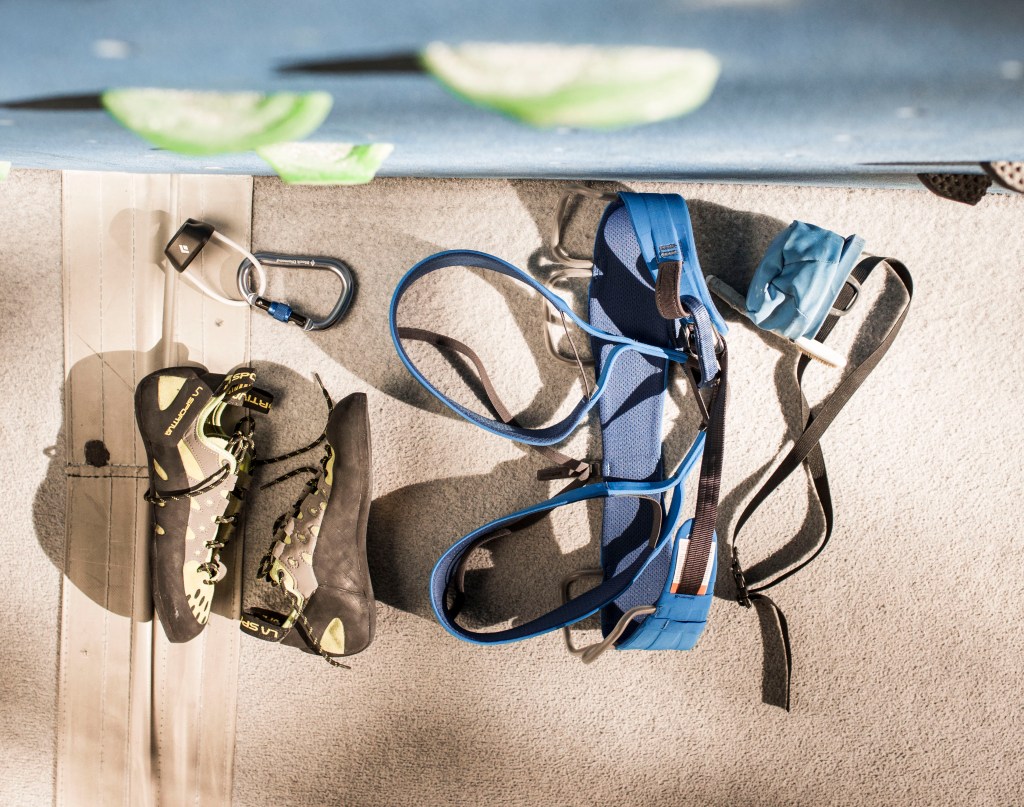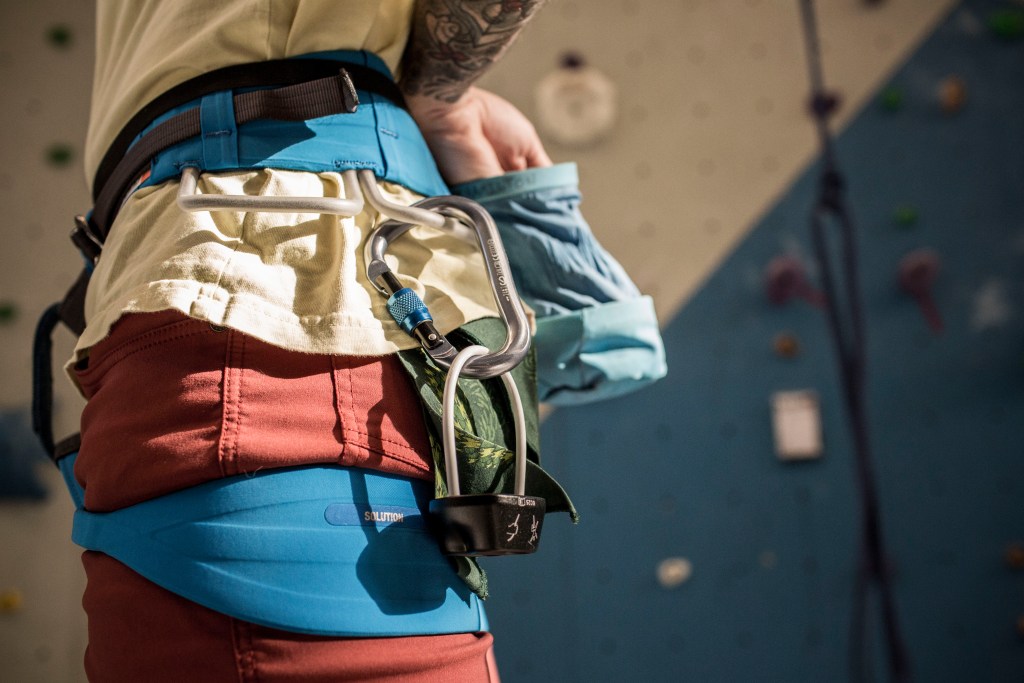The climbing gym can be an intimidating place, particularly if you’re just getting into the sport. For a great overview, check out our Expert Advice article on indoor climbing. Once you’ve reviewed the basics, check out these tips and tricks for navigating the plastic paradise.
The Where – Choosing a Gym
1. Gym Goals
Check out different gyms in your area to decide which one is the best fit for your goals and budget. Totally new? Ask about coaching or classes dedicated to technique, leading, cross-training and gym-to-crag. Training hard? Look for one with a full weight room, trainers, a systems board, moon board and/or campus board. Climbing with your family? Ask about kids programs—some gyms even have dedicated space for wee climbers. Want a climbing gym and yoga studio in one? Many gyms include yoga for free. Often fly solo? Ask how many auto belays the gym has. Before committing to a monthly membership, test out a gym by getting a punch card.

2. Route Refresh
Investigate how often the gym resets routes and how many of each grade the gym usually tries to have. If you start climbing regularly, this can dictate how much fun you’ll have on fresh terrain and how you can progress. If you’re a new or moderate climber, you’ll ensure there isn’t only a bunch of 5.12s or V6s.
3. The Right Time
Indoor climbing is having a moment, and gyms can be shoulder to shoulder on popular weeknights. Go on your lunch break, or even better, early in the morning to have the routes to yourself.
4. Make New Friends
Climbing is inherently social—don’t be afraid to ask neighboring climbers for beta (route info). Remember, you never know when you’ll meet your next belay buddy. Soon enough you’ll have a crew to climb with, learn with and learn from.
5. Keep It Clean
It’s a major faux pas to use the bathroom with your climbing shoes on. Bring sandals. And, not that we need to tell you this, don’t forget to wash your hands. Climbing holds are communal, but germs don’t have to be.
The What – Gear Talk
6. Gear Up (Or Not)
Gear selection is an article entirely in itself (and you can learn more about it here), but gyms have rentals so you can test the waters to see if climbing is for you before investing. If you’re climbing routes (anything with a rope), you’ll need a harness, climbing shoes, chalk, a belay device and a locking carabiner. If you’re bouldering (no ropes), just shoes and a chalk bag will suffice.
7. Feet First
Remember, you don’t have to get into the medieval practices of foot binding. Climbing shoes should be snug, but not painfully tight. They’re also designed to be worn without socks. But if you’re renting and that grosses you out, bring the thinnest pair of socks you have. Ready to buy your own? Learn how to choose here.

8. Chalking It Up
Chalk helps keep your fingers dry, and dry fingers have better friction on climbing holds. Friction is good. If you keep climbing, get a bag and some chalk (check out our selection of chalk and chalk bags). Note that some gyms require you to use a chalk ball to cut down on the amount of white dust flying around.
9. Chill Out
Gyms can be pretty chilly when you’re not actively climbing. Bring a layer to throw on while you’re waiting for a wall to open up or belaying your buddy. Keeping your limbs and joints warm between routes makes it easier for your body to stay in the swing of things during a gym session.
The How – Time to Climb
10. Climb Any Time
Keep a bag with your climbing gear in the car so you can swing by the gym whenever you want. Mitigate stink by making sure your shoes always air out. Don’t pack wet shoes deep in a bag; clip them to the outside.

11. Warm up, Send, Rest
Getting quickly obsessed with the vertical world? It’s easy to overdo it. Climb every other day to allow your body plenty of time to recover. Climbing can be taxing on your joints; a little cardio and dynamic stretching to warm up beforehand will do wonders for performance and recovery.
12. Pick a Project
Once you’ve moved beyond the basics, setting a goal or objective can help you focus and determine next steps. That route or problem that shut you down but feels possible if you work on it? That’s your new project and you are now projecting. Projecting helps you grow as a climber by developing technique, strength and the vision to unlock tricky sequences.
13. Check Your Ego
Bring an open mind, and don’t set unrealistic expectations. You might not top out on that blue route on your first try. Also, small children will likely climb better then you. It’s OK. Climbing is all about progression, and you’ve just made your first moves.
